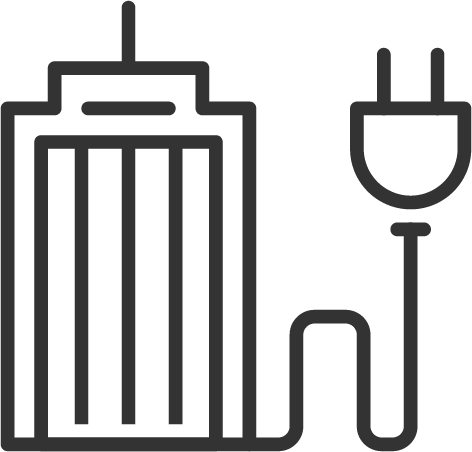Thinking About the Courses You Instruct
This toolkit will not give you all the answers; rather, it is more like a seed that will help you grow your own solutions and ideas. By providing you with a set of tools and frameworks for systems thinking, this toolkit will enable you to analyze complex systems in a structured and systematic way. It will help you to identify the key elements of a system, understand the relationships between those elements, and develop insights into how the system operates as a whole. With this foundation in systems thinking, you will be better equipped to develop innovative solutions to the challenges you face in your field of study or profession.
Take a look at some of these examples of how systems thinking can be incorporated into CLOs. After reviewing the list, reflect on the CLOs of the course you instruct.

Accounting
Instructors can teach learners to use systems thinking to analyze the financial performance of a company. For example, learners can learn how to use financial statements to understand how different elements of a company’s financial system are interconnected and how changes in one area can affect the overall financial health of the organization.

Nursing
Instructors can teach learners to use systems thinking to improve patient care. For example, learners can learn how to use systems thinking to analyze the factors that contribute to patient outcomes, such as patient behaviour, nursing practice, and hospital resources.

Interior Design
Instructors can teach learners to use systems thinking to design functional and sustainable interior spaces. For example, learners can learn how to use systems thinking to analyze the relationships between the different elements of an interior space, such as lighting, acoustics, and furniture layout.

Industrial Design
Instructors can teach learners to use systems thinking to design and optimize complex products and systems. For example, learners can learn how to use systems thinking to analyze the relationships between the different components of a product or system, such as user interface, materials, and manufacturing processes.

Applied Technology - Sustainable Energy and Building Technology
Instructors can teach learners to use systems thinking to design sustainable energy systems for buildings. For example, learners can learn how to use systems thinking to analyze the relationships between different elements of a building’s energy system, such as insulation, ventilation, and renewable energy sources.

Community and Justice Services
Instructors can teach learners to use systems thinking to analyze social problems and develop effective interventions. For example, learners can learn how to use systems thinking to analyze the factors that contribute to crime and to develop strategies for reducing crime rates.

Fashion Arts and Business
Instructors can teach learners to use systems thinking to design sustainable and ethical fashion products. For example, learners can learn how to use systems thinking to analyze the relationships between different elements of the fashion supply chain, such as labour practices, environmental impact, and consumer demand.

Multimedia Design and Development
Instructors can teach learners to use systems thinking to design effective and engaging multimedia products. For example, learners can learn how to use systems thinking to analyze the relationships between different elements of a multimedia project, such as user experience, visual design, and content strategy.
Try It
Analyze the Course Learning Outcomes of a class that you currently teach. Can you spot any opportunities to develop systems thinking, or systems thinking competencies, in one or more outcomes? After completing this reflection, write down your ideas here to keep track of them. Be sure to save your response by downloading it.